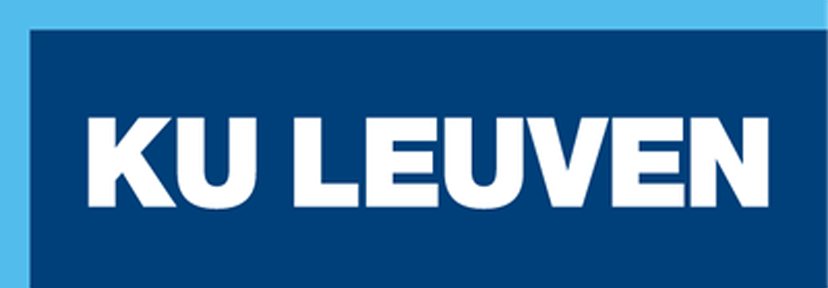Citizen Science Toolkit
Co-developed by
Addressing barriers, bottlenecks and biases
- Antje Wilton, Freie Universität Berlin
- Francesca Sabatini, Alma Mater Studiorum - Università di Bologna
- Ruxandra-Iulia Stoica, University of Edinburgh
- Eljas Oksanen, Helsingin yliopisto/ Helsingfors universitet
- Kinga Anna Gajda, Uniwersytet Jagielloński w Krakowie
- Hanne Vrebos, KU Leuven
- Alicia Castillo Mena, Universidad Complutense de Madrid
- Fabrice Langrognet, Université Paris 1 Panthéon-Sorbonne
- Recommendations
In this section, you will explore some of the the bottlenecks our researchers have faced in getting their citizen science projects off the ground. Our researchers also emphasise the importance of addressing biases and offer strategies for mitigating them. By delving into this section, you will gain valuable insights on effectively navigating the barriers, biases, and conflicts which can arise in citizen science projects.
Antje Wilton, Freie Universität Berlin
Francesca Sabatini, Alma Mater Studiorum - Università di Bologna
Ruxandra-Iulia Stoica, University of Edinburgh
Eljas Oksanen, Helsingin yliopisto/ Helsingfors universitet
Kinga Anna Gajda, Uniwersytet Jagielloński w Krakowie
Hanne Vrebos, KU Leuven
Alicia Castillo Mena, Universidad Complutense de Madrid
Fabrice Langrognet, Université Paris 1 Panthéon-Sorbonne
Recommendations
Citizen science initiatives often encounter similar challenges to traditional research projects, such as issues related to project duration, workload, limited human resources, and insufficient funding.
However, citizen science projects also come with their own set of obstacles. These include tasks demanding distinct non-academic skills to be either acquired by participants or outsourced to professionals. Sometimes research institutions or associated partners can have these competencies and provide support, but they also might have their limits because of lack of infrastructure or limited amount of resources. It's critical therefore to understand and then plan around these limitations and the available resources.
Communication can also emerge as a bottleneck in citizen science projects. Firstly, communication with citizens is very time-consuming. Secondly, it usually requires digital tools that ease collaborative work, so it makes a project dependent on the availability of such tools or the ability to use them effectively.
Other problems specific to citizen science projects usually derive from the limits of collaboration and can be defined as issues related to inclusion. Even though the researchers may want to engage the larger scope of citizens possible, it can be challenging to make the participation open to everyone for a variety of reasons, including:
- Not everyone can participate due to time constraints; participation often requires a significant time commitment that not everyone can afford. Furthermore, sustaining collaboration in the long term can be challenging since volunteer engagement has its limitations. In citizen science projects there is a need to always be up to many expectations and the mismatches between expectations and reality can lead to the participant’s frustration.
- The nature of the research topic can also influence participation: some projects may require a specific interest in the subject matter or prior experience, limiting the pool of potential participants. These constraints significantly shape the demographic and profile of citizens who ultimately engage in the projects. It's essential to take these factors into account when analyzing the project's results. Otherwise, the project methodologies should be easy to understand and implement for non-scientists, or training should be suggested to volunteers.
- Even more challenging is to engage vulnerable groups. People with special needs, disabilities, younger or older groups, as well as citizens with migration backgrounds and other forms of social vulnerability often face greater barriers to access these processes.
- The problem of inclusion can come from difficulties in using particular technologies or speaking a particular language. Addressing these issues necessitates anticipating and providing alternative forms of engagement tailored to the specific needs of these vulnerable groups. Unfortunately, this may not always be feasible due to limitations in the project's available resources.
" To create participation in areas like this is complicated, specifically because they are characterised by marginality and fragility. In fact, the two things often go together. So, even though we were satisfied with the overall participation of the neighborhood in terms of impact that we have produced and the citizens that were activated in the process, we know that many people, especially from migrant communities which populate the area and other marginalised groups were not able to take part in the process. For this reason, we really hope that in further steps of the process, even when the university will not be directly present in the neighborhood, these tools will be co-designed involving a wider array of local stakeholders and citizens. "
Francesca Sabatini, Alma Mater Studiorum - Università di Bologna







